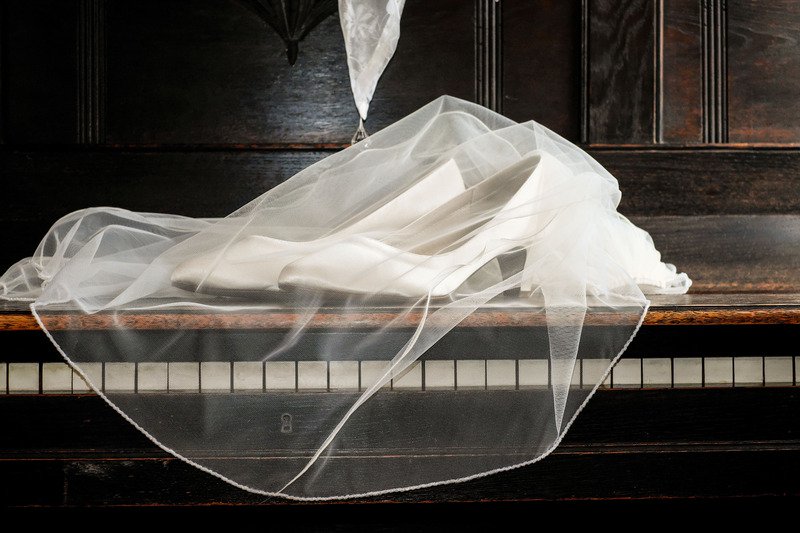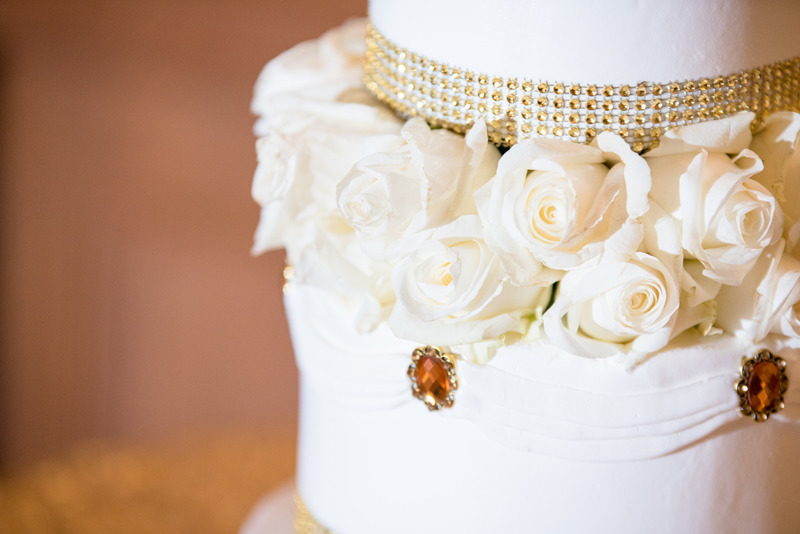Where Do These Wedding Customs Come From?
An ABC of marriage traditions and their origins:
Bridesmaids
In ancient times, brides and bridesmaids wore the same dresses so that evil spirits who wished to destroy the bride’s happiness were confused.
Bridal Veil
Marriages were often arranged by family members and the bride and groom were not allowed to see each other before the actual marriage. The reason for this is that family members were afraid that the groom would refuse to marry the bride if he didn’t find her attractive. The veil was lifted only after the couple got married.

Flowers
Flowers were used in wedding ceremonies because they represent fertility, purity and never-ending love. In the old days, wedding bouquets were a mixture of flowers and herbs. Orange blossoms were a symbol of fertility and dill was supposed to promote desire.
Handkerchief
Early farmers believed that the tears a bride shed on her wedding day would bring luck and rain for their crops. In later times, people believed that the bride would never shed another tear about her marriage if she cried on her wedding day. Most brides now carry the handkerchief to dab away tears of joy.
Something Old, Something New, Something Borrowed, Something Blue…
According to tradition, a bride should wear all of these four things. In ancient Europe, it was believed that these things warded off evil spirits.
- Something Old: This symbolizes the ongoing continuity of the bride’s family life and bond while making the transition from single to married life. Many brides choose to wear a piece of family jewelry.
- Something New: Wearing something new marks the transition from single to married life and symbolized the new life of the couple. Nowadays, the wedding dress is almost always the ‘new’ thing.
- Something Borrowed: People believed that borrowing something from a happily married couple would bring them good fortune. Suitable items are handkerchiefs or jewelry.
- Something Blue: Contrary to what people believe these days, white was not the color representing virginity, fidelity, and purity, but blue was. Lots of brides choose a blue garter for ‘something blue’.
…and a Penny in Your Shoe
The rhyme is actually one sentence longer than we think, it ends with the words: ‘and a penny in your shoe’. The penny brings good luck and fortune.
Wedding Cake
Sharing the first piece of the wedding cake stems from Roman times. Roman wedding cakes were made of wheat or barley which represented fertility. By eating the first piece of the wedding cake the couple would be blessed with fertility.

